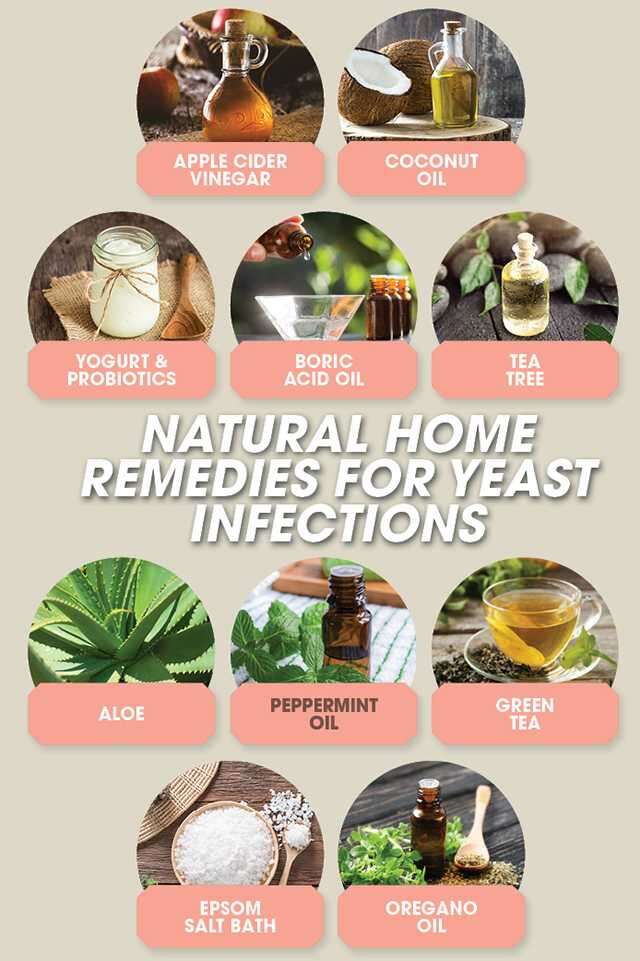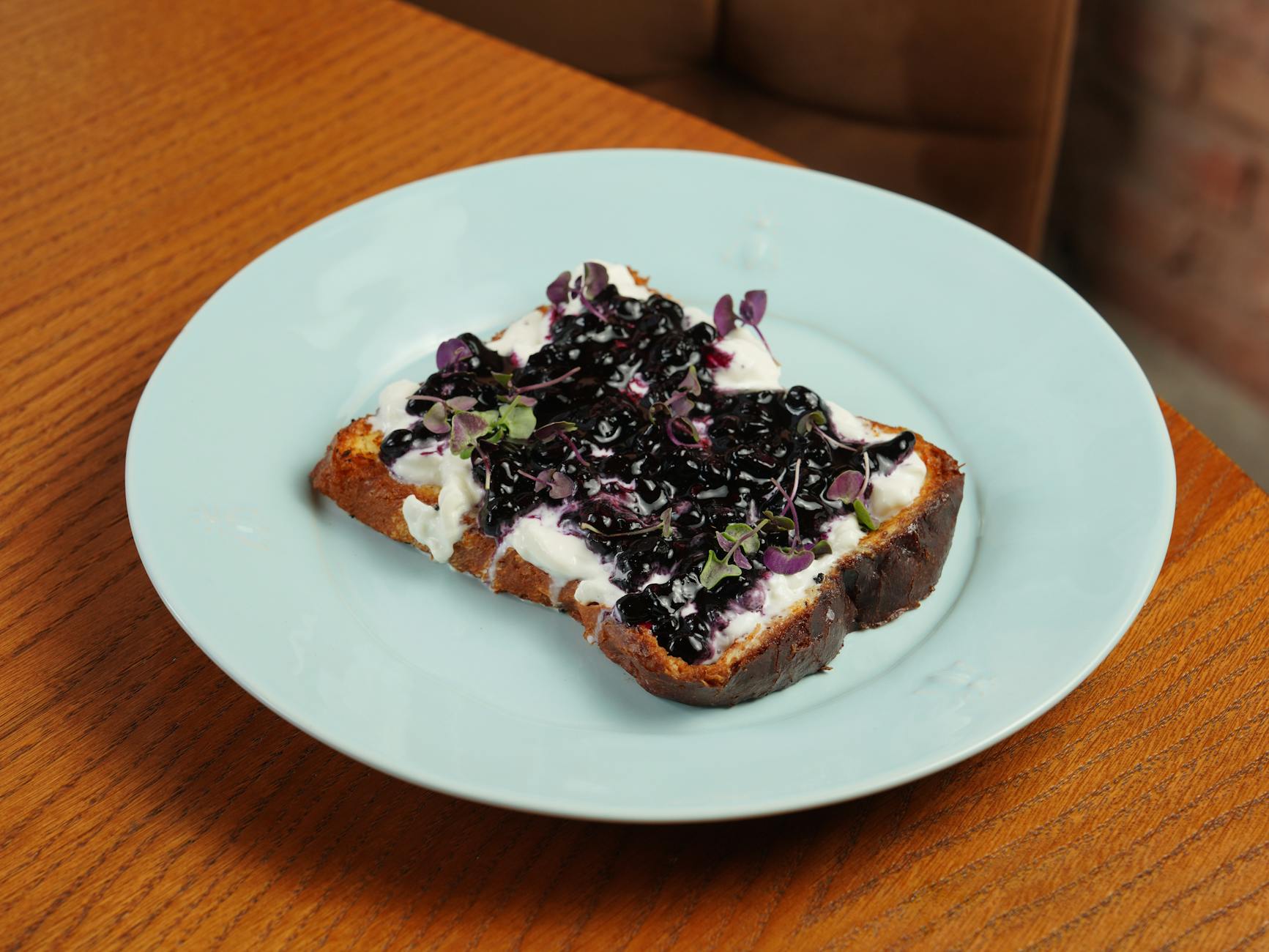Dive into the surprising natural remedies and lifestyle changes that can help soothe yeast infections once and for all!
Table of Contents
- Awesome Introduction to Yeast Infections
- What is a Yeast Infection Anyway?
- Bacterial What-now? Understanding Bacterial Vaginosis
- Let’s Make It Better – Treating Yeast Infections
- A Natural Twist with Apple Cider Vinegar
- Friendly Bacteria to the Rescue: Probiotics
- Omega-3: What’s That and Why is it Good?
- Everyday Tips for Keeping Yeast Infections Away
- When to See a Doctor
- Recapping the Yeast Infection Battle Plan
- FAQ Time!
Awesome Introduction to Yeast Infections
Hey there! So, have you ever heard about yeast infections? Don’t worry if you haven’t, we’re here to learn together! Yeast infections are these sneaky little things that can sometimes cause trouble, but no worries, we’ll figure out how to handle them like a pro. Get ready to dive into the world of yeast infections and learn some cool stuff along the way!
What is a Yeast Infection Anyway?
Yeast infections are like tiny invaders that cause trouble in our bodies. They sneak into places like our mouths, throats, or even our private areas, and make us feel uncomfortable.
Spotting Yeast Infections
When you have a yeast infection, you might feel itchy or even see some redness and swelling in your private area. It can be annoying, but don’t worry, there are ways to help it feel better!
Why Do Yeast Infections Happen?
Yeast infections happen when these little troublemakers, called yeast, grow too much in our bodies. This usually occurs when our bodies get out of balance, like when we take antibiotics or wear tight clothing. But don’t fret, there are ways to fix this imbalance and feel better again.
Bacterial What-now? Understanding Bacterial Vaginosis
So, we’ve talked a lot about yeast infections, but there’s another common issue called bacterial vaginosis that we should know about too. Let’s dive in and understand the difference between yeast infections and bacterial vaginosis.

Image courtesy of ch.pinterest.com via Google Images
Yeast vs. Bacteria
Yeast infections are caused by a type of fungus called Candida, which can lead to itchiness and discomfort in the vaginal area. Bacterial vaginosis, on the other hand, occurs when there is an imbalance in the bacteria naturally present in the vagina. This can cause symptoms like unusual discharge, odor, and itching.
Understanding the distinction between the two can help in identifying the right treatment and finding relief from these common vaginal issues.
Let’s Make It Better – Treating Yeast Infections
Dealing with a yeast infection can be uncomfortable, but there are simple ways to treat it. Let’s find out how to soothe yeast infections and get back to feeling great.
Beating the Itch with Treatment
When you have a yeast infection, you may experience itching and discomfort. To help ease these symptoms, you can use over-the-counter antifungal creams or suppositories. These products are easy to use and can help clear up the infection.
It’s important to follow the instructions on the medication and use it for the full recommended time, even if you start feeling better. This will ensure that the infection is fully treated and doesn’t come back.
If you prefer a more natural approach, you can try using yogurt with live cultures or coconut oil to soothe the itchiness. These remedies can help restore the balance of good bacteria in your body and fight off the yeast infection.
Remember to wear loose, breathable clothing and avoid wearing tight-fitting underwear to allow for air circulation. This can help prevent moisture buildup, which can contribute to yeast overgrowth.
By following these simple tips and treatments, you can effectively treat yeast infections and get relief from the uncomfortable symptoms.
A Natural Twist with Apple Cider Vinegar
Apple cider vinegar is a magical ingredient that can help soothe yeast infections. But why is it so amazing, you might wonder? Let’s find out!

Image courtesy of www.femina.in via Google Images
Why Apple Cider Vinegar?
Apple cider vinegar has been praised for its health benefits for centuries. One of the reasons it can help with yeast infections is because it has natural antimicrobial properties. This means that it can fight off the yeast that causes the infection, helping your body to heal faster.
Friendly Bacteria to the Rescue: Probiotics
Hey there! So, you know how we talked about yeast infections and how they can be a little troublesome? Well, guess what? There are these tiny superheroes called probiotics that can actually help make things better! Let’s find out more about how these friendly bacteria come to the rescue.
Probiotics and Yeast Infections
Okay, so probiotics are like good bacteria that live inside our bodies, especially in our stomach and intestines. They help keep the bad bacteria in check and maintain a healthy balance. When it comes to yeast infections, probiotics can be really helpful because they compete with the yeast for space and nutrients, preventing the yeast from growing out of control.
Imagine it like this – probiotics are the protectors of our body, fighting off the bad guys like yeast to keep us healthy and strong. By taking probiotics either through certain foods or supplements, we can give these friendly bacteria a boost in helping us stay yeast infection-free!
Omega-3: What’s That and Why is it Good?
Omega-3 is a special type of fat that our bodies need to stay healthy. It’s like the superhero of all fats because it helps keep our hearts strong, our brains sharp, and our immune systems in top shape. But did you know that Omega-3 can also help prevent and soothe infections like yeast infections?

Image courtesy of www.pinterest.com via Google Images
Omega-3 and Infection Prevention
When it comes to yeast infections, Omega-3 plays a key role in keeping things in balance. It helps reduce inflammation in our bodies, which can make it harder for yeast to grow and cause trouble. By including Omega-3 rich foods like fish, nuts, and seeds in our diets, we can help our bodies fight off infections and stay healthy.
So, next time you’re munching on some yummy walnuts or enjoying a delicious piece of salmon, remember that you’re also giving your body a boost to keep those pesky yeast infections at bay!
Everyday Tips for Keeping Yeast Infections Away
Choosing the right clothes can make a big difference in preventing yeast infections. Stick to breathable fabrics like cotton that allow air to circulate around your body, keeping things dry and less prone to yeast overgrowth.
Eating Right to Fight Yeast
Your diet plays a significant role in keeping yeast infections at bay. Eating a balanced diet rich in fruits and vegetables can help your body stay healthy and better equipped to fight off pesky yeast. Avoid sugary treats and opt for whole grains and lean proteins to maintain a balanced internal environment.
| Treatment | Description |
|---|---|
| Antifungal Creams | Topical creams containing antifungal agents such as clotrimazole or miconazole can help clear up yeast infections. |
| Probiotics | Introducing good bacteria into the body through probiotic supplements or yogurt can help restore a healthy balance in the gut and vagina. |
| Warm Baths | Soaking in a warm bath with baking soda or colloidal oatmeal can help soothe itching and discomfort caused by yeast infections. |
| Cotton Underwear | Wearing breathable cotton underwear can help keep the vaginal area dry and prevent the overgrowth of yeast. |
| Dietary Changes | Avoiding sugar and processed foods, and increasing intake of probiotic-rich foods like yogurt can help treat and prevent yeast infections. |
When to See a Doctor
It’s essential to know when it’s time to seek help from a doctor, especially if you are dealing with a yeast infection that just won’t go away. While some yeast infections can be managed at home with simple remedies, there are times when medical intervention is necessary.

Image courtesy of br.pinterest.com via Google Images
Doctor Visits Can Be Cool!
Visiting a doctor is nothing to be nervous about. Doctors are there to help us feel better when we’re not well. If you have a yeast infection that is severe, keeps coming back, or if you experience new symptoms like fever, pelvic pain, or pain during urination, it’s time to see a doctor. They can provide you with the right treatment to help you feel better quickly.
Recapping the Yeast Infection Battle Plan
Today, we learned about yeast infections and how to soothe them. Let’s review our battle plan to keep those pesky infections at bay.
Spotting Yeast Infections
Yeast infections can cause itching, burning, and unusual discharge. If you see these signs, it might be a yeast infection.
Why Do Yeast Infections Happen?
Yeast infections can occur when there is an imbalance in the body’s natural yeast levels. Taking care of our bodies can prevent these imbalances.
Beating the Itch with Treatment
You can treat yeast infections with over-the-counter medications or natural remedies. It’s essential to follow the instructions carefully.
Why Apple Cider Vinegar?
Apple cider vinegar has natural anti-fungal properties that can help fight yeast infections. Mixing it with water and using it as a wash can be soothing.
Probiotics and Yeast Infections
Probiotics are good bacteria that can help maintain the balance in our bodies. Eating foods like yogurt can introduce more of these helpful bacteria.
Omega-3 and Infection Prevention
Omega-3 fatty acids can help reduce inflammation in the body, making it less hospitable for yeast infections to thrive. Including foods like fish and nuts in your diet can be beneficial.
Everyday Tips for Keeping Yeast Infections Away
Choosing breathable clothing and eating a healthy diet can prevent yeast infections. Taking care of our bodies every day can keep those infections away.
When to See a Doctor
If your yeast infection persists or is very uncomfortable, it’s essential to see a doctor. They can provide the right treatment to help you feel better.
FAQ Time!
Can Kids Get Yeast Infections Too?
Yes, kids can get yeast infections too! Yeast infections can happen in anyone, regardless of age. Just like adults, kids can also experience symptoms like itching, redness, and discomfort. If you suspect that your child has a yeast infection, it’s essential to consult a doctor for proper diagnosis and treatment.
How Long Do Yeast Infections Last?
Yeast infections can vary in duration for each person. In general, a mild yeast infection may clear up on its own within a few days with proper care. However, if the symptoms persist or worsen, it’s a good idea to see a doctor for professional guidance. Remember, it’s essential to take care of our bodies and seek help when needed to stay healthy and happy!





